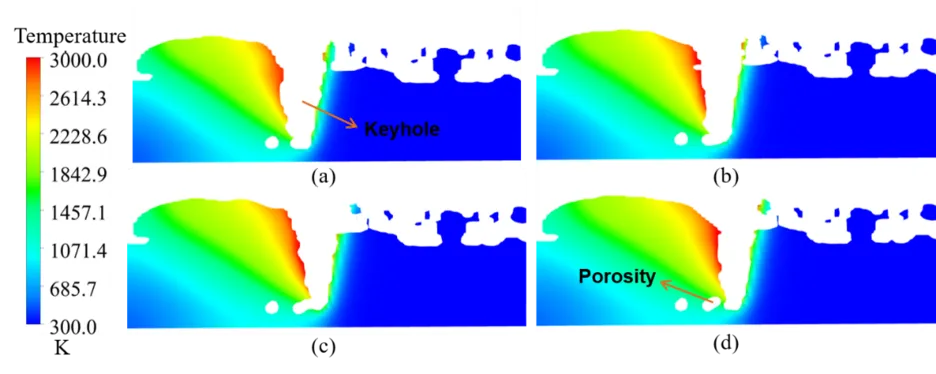Yueming Yang, M.Sc.
Technische Universität München
Lehrstuhl für Thermodynamik (Prof. Wen)
Postadresse
Boltzmannstr. 15
85748 Garching b. München
- Tel.: +49 (89) 289 - 16240
- Raum: 5507.EG.730
- yueming.yang@tum.de
Research project
Study on multi-scale coupling strategy based on Computational Fluid Dynamics and Molecular Dynamics
Motivation
The behavior of macroscopic fluid dynamics can be described by solving the Navier-Stokes (NS) equations based on the continuity assumption. Computational fluid dynamics (CFD) has become the most widely used method. However, this assumption breaks down when the spatial scale of the flow approaches the molecular mean free path. This is when the requirements for finer resolution calculations can be met by atomic-scale simulation techniques such as molecular dynamics (MD) method. In some engineering applications, it is necessary to capture local microscopic phenomena at the macroscopic scale, or to obtain macroscopic expressions in microscopic flow calculations. Atomistic modeling involving macroscopic problems is still beyond the reach of current MD simulations due to their prohibitive computational requirements. Therefore, it is desirable to develop a hybrid simulation framework that can combine multiple different approaches under a single simulation, thus coherently providing a detailed description of the cross-scale behavior of the system. The coupling of simulation methods that share time and length scales allows information to be easily transferred from one simulation technique to another.
Coupling method
1) Domain Decomposition
Continuum only region – majority of the spatial domain.
Overlap region– for information exchange.
Molecular only region – required where molecular effects are important

2) Consistent Framework
1. Finite volume method(FVM) is used on the CFD side. Both systems are written in terms of the integrated volumes.
2. Solve the information exchange at CFD→MD boundary and MD→CFD boundary.
3. Parallel Computing
Large-scale parallel computing is achieved based on Message Passing Interface(MPI) and high-performance computing platform. Multiple Program Multiple Data(MPMD) implementation enforces separate scope of the two solvers.

Related Fields
Computational Fluid Dynamics; Molecular Dynamics; High-performance parallel computing
Previous related work
Laser Powder Bed Fusion (LPBF) technology can directly and quickly produce metal parts with extremely complex geometries and good performance. Despite the various unique properties of LPBF, the manufactured parts still have some defects, among which porosity is one of the most important. How to fully utilize the freedom of selective laser melting deposition, and efficiently design and regulate the deposition process, and optimize the structure and performance of deposited components is still a research hotspot in this field. Compared to experimental testing, the high-precision numerical simulation method has the advantage of saving cost and time.

The main results are drawn as follows:
1. Various powder-bed models could be generated.
2. The behavior of powder melting and flow was obtained via transient simulation.
3. The formation of keyhole and some defects in the LPBF could be captured.